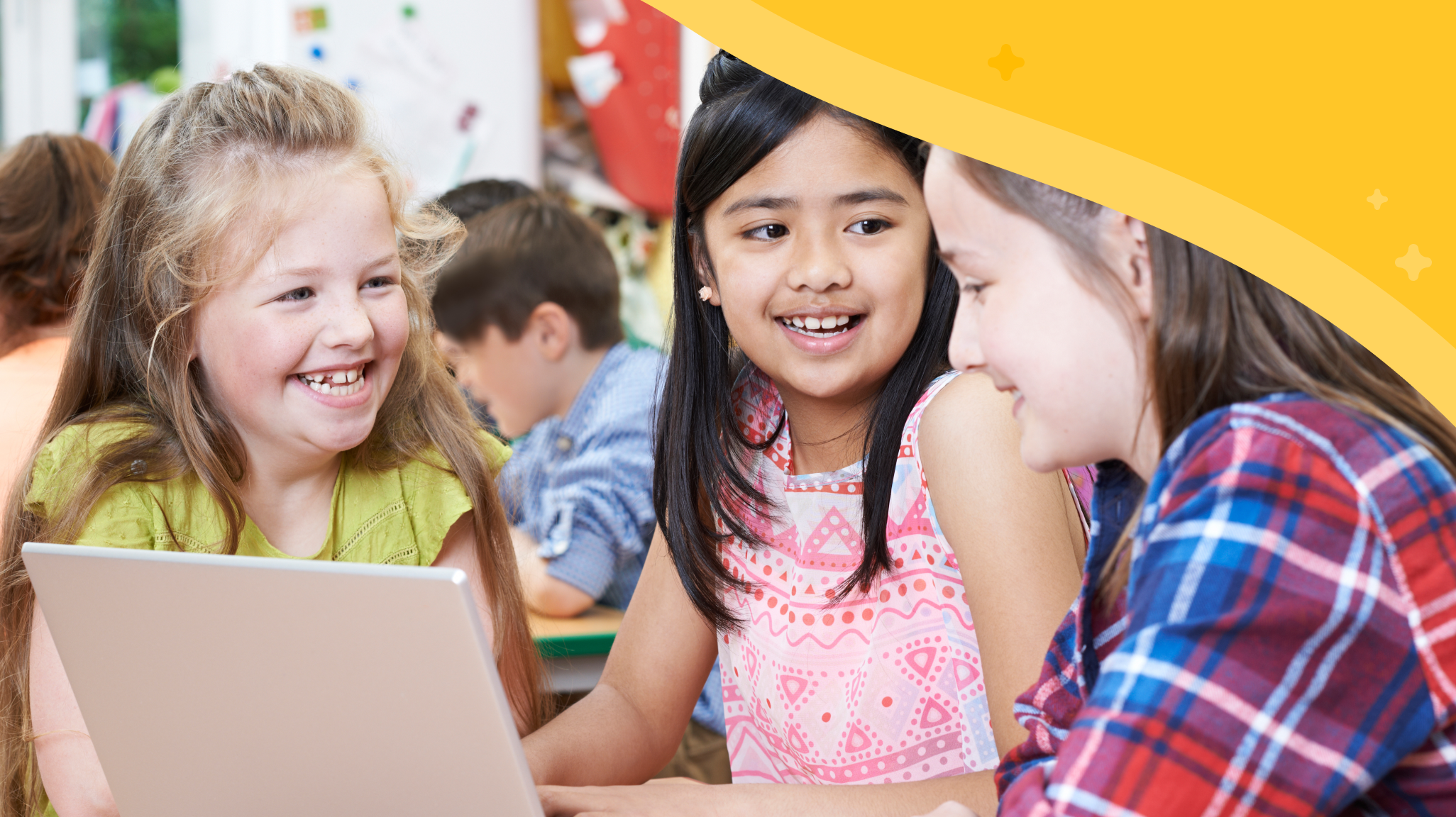Building Empathy in the Classroom Using Pear Deck

…maybe part of our formal education should be training in empathy. Imagine how different the world would be if, in fact, that we’re ‘reading, writing, arithmetic, empathy. — Neil deGrasse Tyson
When students walk into classrooms, they bring their whole selves, whether a teacher is ready for it or not. This means educators are teaching the whole child. Teachers might be trying to appeal to the intellectual side of students, but the emotional side is still present, listening, and being guided by its own script. When educators ignore these other pieces of a child’s reality, it is to the detriment of their education and the classroom community. Building empathy in the classroom using Pear Deck can have a major impact on student behavior and suspensions.
And it’s not just teachers whose empathy is necessary. As students turn ever more to their devices for both entertainment and intellectual stimulation, how do educators help them really see one another and care for each other as whole people?
Here are some ideas for how to use Pear Deck to build empathy in your classroom.
Empathy for other ideas
When teachers show anonymous answers on the projector screen, students get the opportunity to see ideas and opinions different than their own. To capitalize on this potential, ask students to point out an interesting idea other than their own, ask questions about another idea, or make an argument for it.
Empathy for how others work and where they struggle
When students can see each other’s answers, even if it’s a simple multiple choice question, they get a live view of the misconceptions in the class. This can be particularly helpful for that fast-moving student who’s ready to move on because they can now really understand that not everyone is on the same page. With that understanding, they can become an aide to others in the classroom instead of unwittingly making others feel stupid.
You can encourage these students to build their empathy by asking them to consider what might be confusing to those who answered incorrectly, or prompting them to explain their thinking to one of the struggling students.
Empathy and awareness for oneself
Because the whole person isn’t often invited into the classroom and because we, as a society, don’t always spend much time building emotional awareness, students can learn to shut off or ignore that part of themselves. It doesn’t mean it goes away, but it does mean they don’t know how to handle strong emotions. Imagine how scary and confusing it would be to find yourself ragingly angry but have no vocabulary or tools for identifying what was happening to you.
We can help to invite student emotions into the classroom and build that awareness simply by asking them how they’re feeling. The Pear Deck Classroom Climate poll makes that a quick check-in at the beginning of any lesson. You can deepen that awareness by asking students a follow-up question like, “What is contributing to your emotional state?” or “What words would you use to describe how you are feeling right now?”
Empathy for the teacher
One thing that can be quite surprising to students is that teachers are people too. For children, adults have almost total authority over what they do. We decide where they go to school, what groceries are in the store, what they wear, what they learn, where they sit. From the day they are born, adults are other — bigger, omnipotent. Slowly they realize we are fallible. How do they learn to see adults as people with emotions and motivations the same as them?
In Pear Deck, the Classroom Climate poll at the end of class lets students give a thumb up or down to the lesson. This is an important opportunity for feedback to be a two-way street between students and teachers. But it’s also an important opportunity to encourage student empathy. When young people realize they suddenly have power to judge the teacher or adult, they don’t always use it appropriately; they can use it to hurt. So, when students get the end-of-class poll, you can add some more guidance. Ask them a text question before the poll that encourages them to think about the goal of the lesson. “What did we set out to accomplish today?” or “What do you think you learned today?” or “What slides do you think helped you understand the concepts the most?” Once they get to the poll question, they are already in the mindset of thinking about what the intentions were behind the lesson.
Empathy for the subject matter
Students are fond of asking why they have to do something — “Why do we have to learn this?” or “Will this be on the test?” The implication here is that there is a list of things they have to learn and will be tested on. If this isn’t one of those testable items, they can stop listening right now. This question becomes more pervasive as students lose empathy for, or emotional engagement in, the content. If they see the course as a just a bunch of facts and figures to memorize, then of course they want to make that list shorter.
To encourage empathy for the subject matter, teachers can drive lessons with interesting, thought-provoking questions that get students thinking and asking questions of their own. Instead of starting class with a new formula, definition, or historical fact, begin the lesson with a related open-ended question every student can consider.

.svg)
.svg)
.svg)



